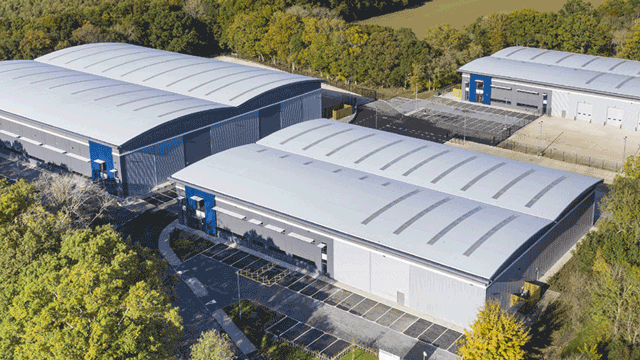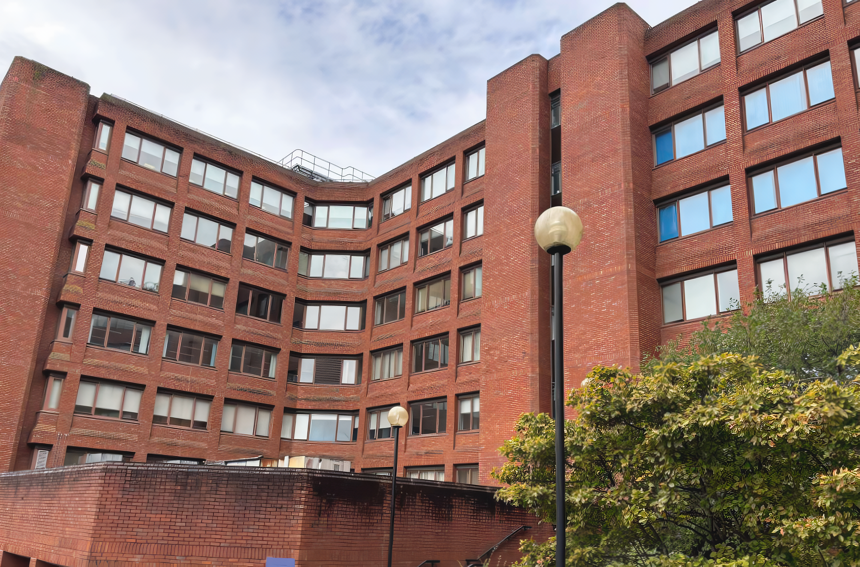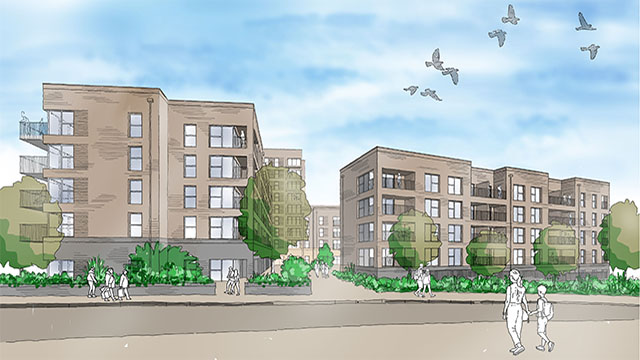It could attract Elton John, Robbie Williams or even Tom Jones. The people of Bristol have waited nearly 30 years for an arena and, although it could be another three or four years until international operator SMG gets to put on its opening night celebrations, the project has moved a step closer to becoming a reality.
The South West of England Regional Development Agency has chosen its preferred partner to build and run the 10,000-seat arena and the 1m sq ft of mixed-use development of which it will form a part. The winning consortium, Bristol Waterfront Arena, which includes SMG Europe (see below), now has six months to fine tune the development agreement and plans.
“The next stage is the financial deal and we want to get that side of things put to bed by the autumn,” says Ian Thompson, SWRDA head of operations. The aim is then to get a planning application in by Christmas.
BWA has 9 acres to play with, a principal site next to Temple Meads station and a number of smaller sites that have been added into the equation to help make the scheme more attractive to developers. The arena will be the centrepiece of a mixed-use development that will include retail, further leisure, residential and office space (see left).
Richard Olsen, chairman of Orion Land & Leisure, one of the companies in the consortium, says: “We believe arenas are the catalyst in leisure and mixed-use development and they shouldn’t stand on their own.”
Plans for the remaining leisure elements include a casino.
Thompson says: “A casino is an option. We are aware of the latest development in the legislation and the chances are that one of the super-casinos won’t be in Bristol. But we could have one of the medium-sized ones.”
Olsen agrees, saying BWA is hoping to put in a large casino and is in discussions with Stanley Leisure about operating it. But again this is “subject to legislation”.
Keen to see some development on the site, many in the market have scrutinised the proposals. Car parking has always been a thorny issue, with many believing the provision of 750-1,000 spaces is still not enough and that the public transport links are inadequate.
Unsure on offices
David Skinner, managing director of CBRE’s Bristol office, says people tend to talk up the benefits of Temple Meads station when in fact the area it services is fairly limited, from Bath in the east to Weston-super-Mare in the south -west. “It’s not like Reading,” he adds.
There is also concern about the timing of the office element. Skinner points out that around 1.5m sq ft of office space is in the pipeline at Harbourside, the brewery site, St Mary Le Port and Broadmead, to name a few (see p117). “The arena site offices have got to queue up behind,” he says.
In response to the criticisms, Thompson says that, because the site is next to the station, there is no need for lots of parking. “The arena relies on existing city-centre parking, park-and-ride and public transport,” he says.
As for the office development, he points out that the key elements will be getting the infrastructure in place and making sure the arena is built. “It depends on the market and how it responds at the time as to what other elements are built first,” he says.
Tina Taylor of Savills, advising Bristol city council and SWRDA, emphasises that BWA was chosen on the basis of a concept masterplan. “The size of the office accommodation may vary depending on what is considered appropriate. It’s not a big commercial office development – it’s a mixed-use scheme with lots of different elements. All of those things are market driven, too.”
Untested location for homes
As for the residential element, many are looking to Barratt’s development of flats at Temple Quay 2, to the north of Temple Meads station, to set the benchmark.
Edward Heard, partner, Knight Frank explains: “It [the Bristol arena site] has got everything going for it but it is an untested location. There are a number of schemes planned in that area and the first one will be Barratt, which has launched a scheme at Temple Quay. Come 2008 the timing will be quite good because the market will be more established.”
Heard’s colleague Nick Reed says the first phase of Barratt’s development, a mixture of one- and two-bedroom flats, seems to be going well, with 16 out of the 24 units reserved before completion next month.
“It isn’t a true city-centre location but it will benefit in years to come. Barratt has done well as it is an untested location and there is no reason why a similar development wouldn’t work at Bristol Arena,” he says.
So it seems to be a cautious thumbs up to BWA’s initial plans. A lot that can happen in the property market during the next three and a half years and how the scheme evolves will be a testament to the skills of the consortium.
Olsen admits that an opening night for the arena at the end of 2008 might be a little bit optimistic but, nonetheless, BWA is going to try its hardest to ensure Bristolians get an extra special Christmas party.
|
|
|
What the plans for the 9 acres include: ●10,000-seat stadium ● 40,000-50,000 sq ft large casino ● Health and fitness facility ● Hotel ● 40,000 sq ft of A3/retail ● 150,000 sq ft of offices with parking ● Around 500 homes ● 750-1,000 parking spaces in a multistorey car park |
|
|
|
Orion Land & Leisure – formed in 2001 by chairman Richard Olsen. Orion Land & Leisure has projects that, when completed, will have a development value of £2bn. These include a mixed-use scheme at Canada Water in London, Cardiff International Sports village and Watermark in Suffolk, which will be a mixed-use development around a 2,200m rowing lake. Arenas feature in the Cardiff and Suffolk plans. Olsen says: “Bristol first came to our attention 10 or 12 years ago and we have been tracking it ever since.” SMG Europe – the largest operator of sports and entertainment venues in the UK and Europe. Arenas in its portfolio include the 20,000-capacity Manchester Evening News Arena, the Metro Radio Arena in Newcastle and the Odyssey Arena in Belfast. Backed by US-based SMG, SMG Europe also operated the Commonwealth stadium in Manchester for the Commonwealth games. Bellway – formed more than 50 years ago, Bellway had a turnover of £1.1bn between 2003 and 2004, and claims to be an innovator in urban regeneration. |










